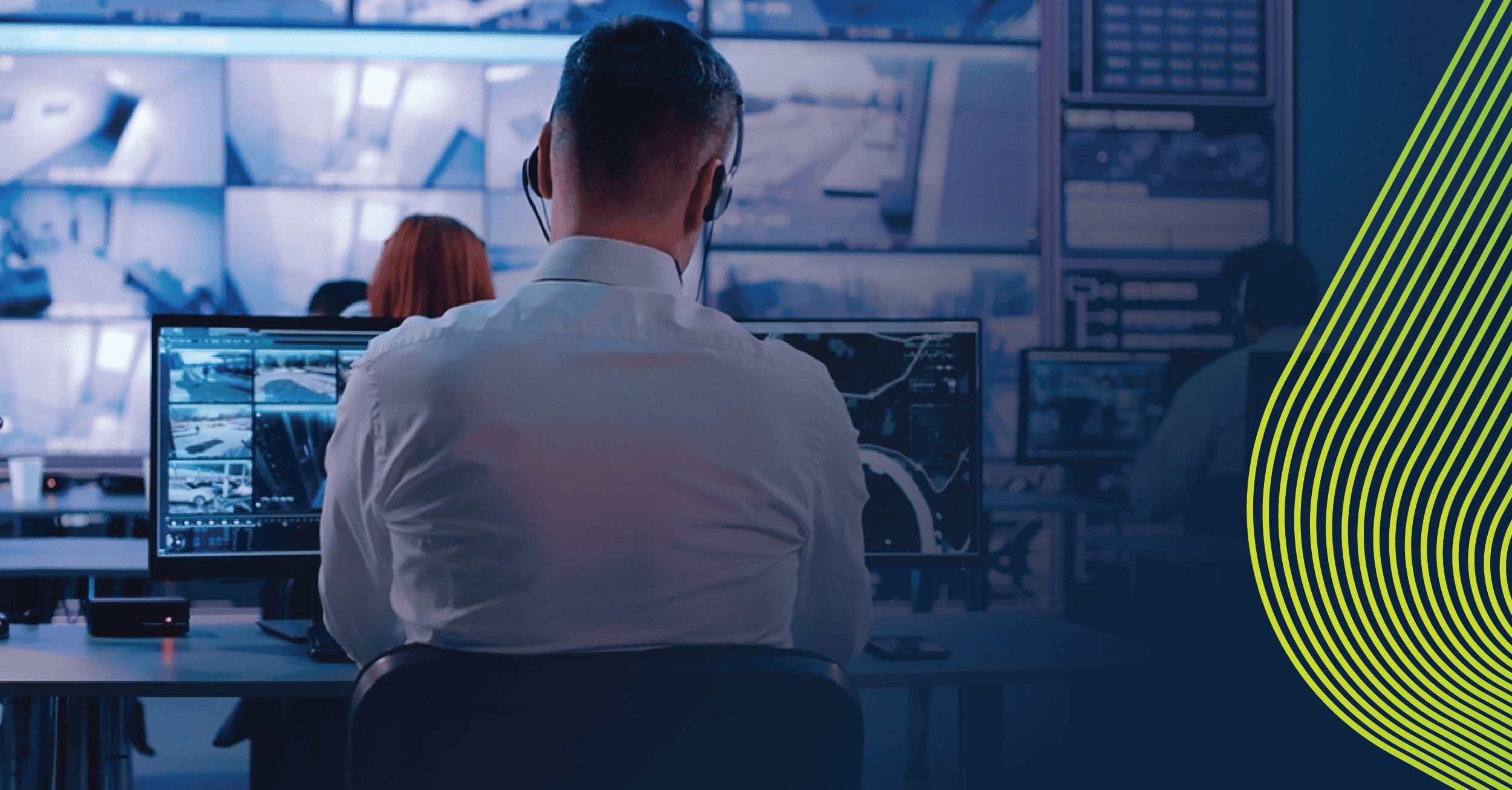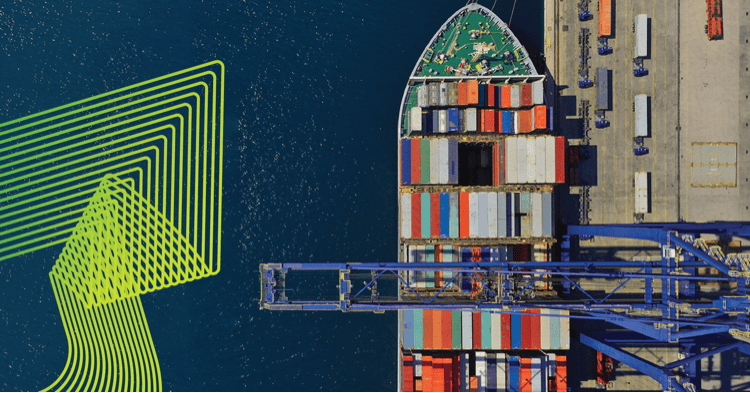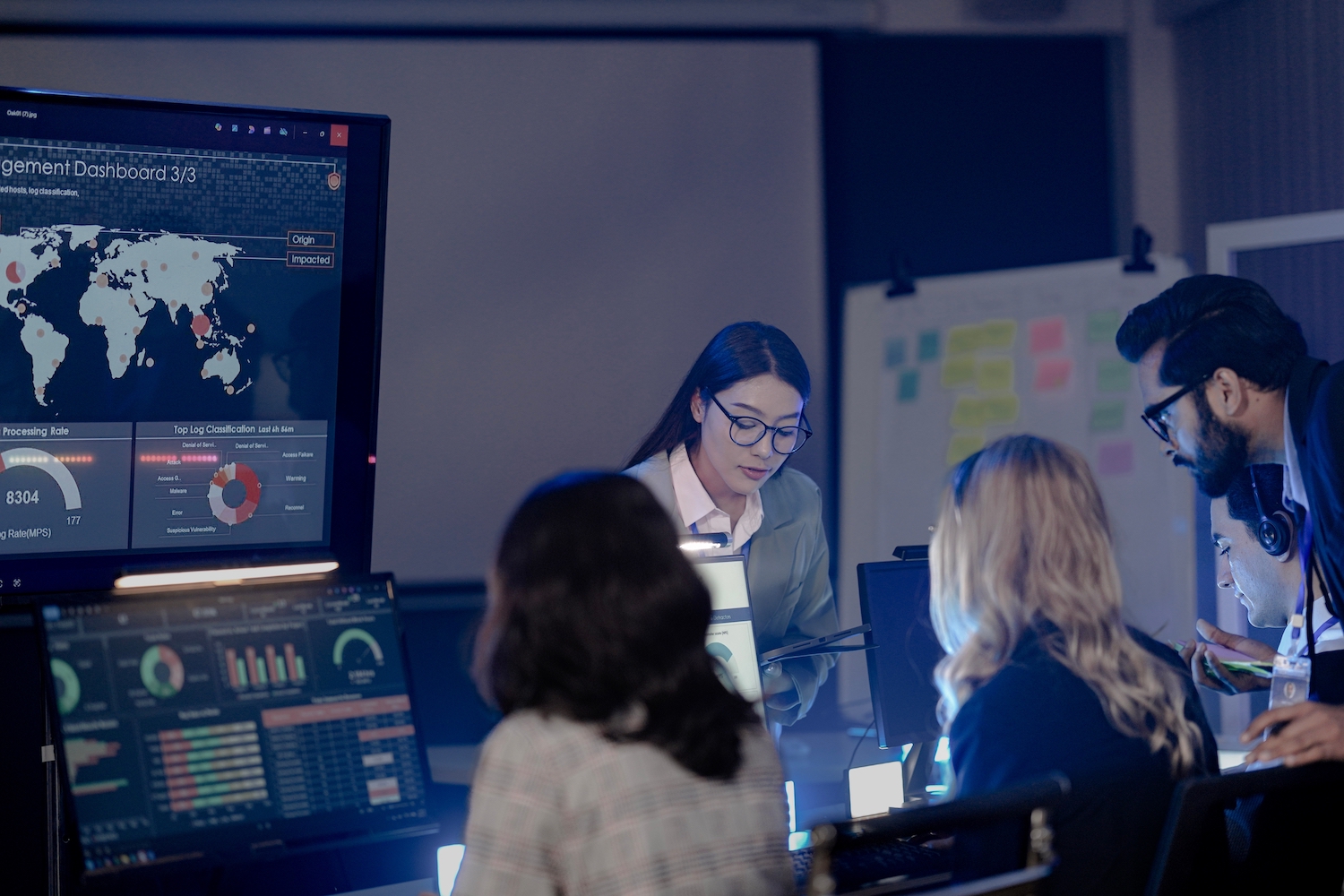There is no disputing the fact that data is essential for effective decision making by any organization. The more relevant information you can obtain gives you insight to craft effective risk and threat mitigation strategies. This knowledge is truly invaluable if collected, analyzed, and used properly when leveraging threat monitoring tools.
But that isn’t always the case. Sometimes there is just too much data available, making it extremely difficult to cull through the noise and get to the right insights. Just consider the amount of information being served to us on a continuous basis – we have the Internet and its many social media channels, plus the world’s non-stop news cycle keeps information circulating all hours of the days. In fact, in 2021, people created 2.5 quintillion bytes of data every day. And in 2022, users sent around 650 million tweets a day.*
While an abundance of data has the potential to offer up a minefield of opportunity, without proper organization and analysis, it is useless, and sometimes, detrimental – especially to those working in the risk and threat management industry.
Using Data to Predict and Avoid Disruptions
Those working in risk and threat intelligence can’t possibly capture, sort, and analyze a seemingly infinite amount of information. And using tools for setting up alerts can often be overwhelming as alerts are triggered for every Tweet or news article.
It doesn’t have to be that way. With the development of technologies such as Artificial Intelligence (AI), Machine Learning (ML), and natural language processing and generation, it’s possible to synthesize this boundless amount of data into meaningful information that can give organizations a distinct advantage for getting in front of disruptive threat events. With these technologies, risk and threat intelligence experts can focus on what they do best – and what their leaders are expecting of them – providing context and meaning to the data. This concept of coupling of innovative technologies with human expertise and insight has led to the development of augmented analytics.
Augmented analytics is emerging as the only way to not just collect and organize endless amounts of content, but to synthesize all the information being delivered and use it to employ predictive and preemptive strategies ahead of an issue, instead of simply reacting to a problem once it has happened. Humans can’t do it alone; neither can machines. But together they can collect, sort, organize, flag, review, and interpret data, and then employ real-world knowledge and experience to provide specific recommendations to influence decision-making of those in charge.
Three Reasons Why Augmented Analytics is a Must for Your Risk and Threat Monitoring Tools
- Augmented analytics enables timely, strategic decisions.
Augmented analytics minimizes the amount of time humans spend sorting through noisy data and alerts, and maximizes the time they spend using their on-the-ground, honed expertise on real issues. By leveraging machines to take care of some of the work, the analyst can discern the best future actions to mitigate potential risks and threats, size opportunities and deliver those recommendations to the decision-makers. When leaders have access to information they need quickly, they can make more informed, more effective decisions that support their missions and strategies.
- Augmented analytics flags issues before they’ve impacted your people or your business.
Many risk and threat monitoring tools are tuned to being the first to tell you when a potentially disrupted event occurs at rapid speed. They can’t deliver the context, but augmented analytics can! It can provide invaluable context and interpret why we are seeing abnormality, how significant it is for an organization, and what to do about it. By integrating machine learning with humans with real-world expertise are ensuring that the AI generated data continually get better and better. Most importantly, it starts to create the ability to forecast potential disruptions before they’ve happened. This combination allows for organizations to not just respond intelligently to incidents, but also avoid them entirely.
- Augmented analytics saves time and resources.
As referenced earlier, the amount of data generated daily is astronomical and will only accelerate. But adding more analysts to your team who have the ability to scrutinize and interpret the data at the same rate as their counterparts isn’t scalable for any organization – particularly in an economy that is beginning to slow. Augmented analytics offers organizations to automate process that were once done only by people and enable small teams to achieve great outcomes. Added bonus, because it is forecasting possible disruptions or threats, organizations can get in front of the problems – whether it’s supply chain disruptions, impact to travel or regional instability – to mitigate or potentially avoid costly problems.
Augmented analytics isn’t just for the threat, security or risk world, but it’s certainly going to have a significant impact on the way organizations navigate a rapidly changing world – for the better.
Want to learn more about the value of augmented analytics in your risk and threat monitoring tools? Check out Seerist’s white paper – The Proactive Power of Augmented Analytics.
About Seerist
Seerist’s augmented analytics solution combines AI, machine learning, and expert human analysis to deliver trustworthy threat intelligence. By automating the collection of global data, capturing various shifts and swings, and filtering out the noise, Seerist provides valuable insights. These insights are seamlessly integrated into a user-friendly dashboard, ensuring swift and dependable decision-making in crucial moments.
Book a demo to see Seerist’s threat intelligence tools in action or follow us on LinkedIn to learn more about how Seerist helps you stay ahead of the curve.






